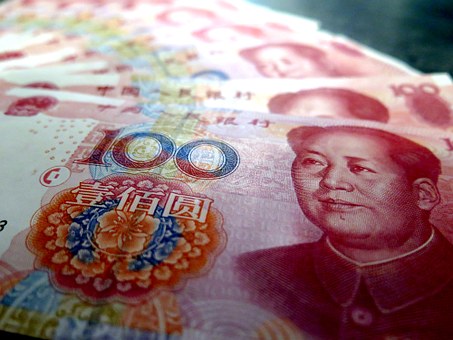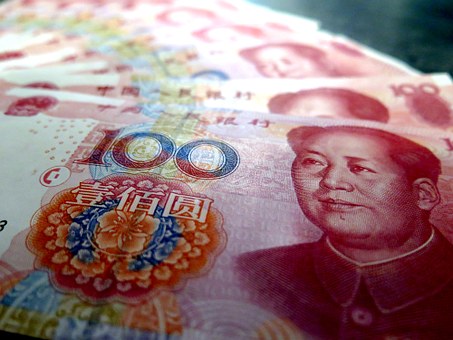
pixabay
This strong growth is primarily due to the low base effect - last year's peak months of the COVID-19 epidemic in China saw the biggest drop in business activity. Experts believe that with the expected reduction of economic stimulus measures, the pace of recovery of the Chinese economy may slow down further, but it is still likely to exceed the official target of "more than 6%" GDP growth for 2021.
China's industrial output rose by 35.1% in January-February 2021, according to China's National Bureau of Statistics, the biggest year-on-year increase in several decades. By January-February 2019, the figure was up 16.9%. The strongest growth was recorded in the equipment manufacturing segment and the high-tech sector (plus 59.9% and 49.2% respectively). Retail sales, another key indicator of the state of the economy, rose by 33.8% in the two months compared to the same period last year (up 6.4% in the last two years).
Capex in the PRC also rose significantly, up 35% (plus 3.5% on 2019 levels). Meanwhile, investment in infrastructure, supported by government stimulus measures, increased by 36.6%.
The volume of foreign investment in the Chinese economy also grew sharply: according to the Chinese Ministry of Commerce, in January and February, it jumped 34.2% year on year, to $26 billion.
Capex from the European Union (up 31.5%), ASEAN (28.1%) and countries participating in the One Belt, One Road Initiative increased most notably. (26,2%). China's foreign trade also recovered: exports over the two months increased by 50.1%, imports - by 14.5%.
Capital Economics notes that such significant growth in annual terms is primarily due to the low base effect (peak of the pandemic in China in the first quarter of last year, GDP then declined by 6.8%).
On a month-on-month basis, the increase in retail sales, for example, was minus 0.4% in January and February compared to plus 1.3% in December. Industrial production was better, growing by 0.7% MoM and capex by 2.5%, the highest rate of growth since August 2020 (compared to 2.1% in December). Experts expect that the growth rate may slow down further, particularly due to the winding down of active measures to support the economy.
source: capitaleconomics.com
China's industrial output rose by 35.1% in January-February 2021, according to China's National Bureau of Statistics, the biggest year-on-year increase in several decades. By January-February 2019, the figure was up 16.9%. The strongest growth was recorded in the equipment manufacturing segment and the high-tech sector (plus 59.9% and 49.2% respectively). Retail sales, another key indicator of the state of the economy, rose by 33.8% in the two months compared to the same period last year (up 6.4% in the last two years).
Capex in the PRC also rose significantly, up 35% (plus 3.5% on 2019 levels). Meanwhile, investment in infrastructure, supported by government stimulus measures, increased by 36.6%.
The volume of foreign investment in the Chinese economy also grew sharply: according to the Chinese Ministry of Commerce, in January and February, it jumped 34.2% year on year, to $26 billion.
Capex from the European Union (up 31.5%), ASEAN (28.1%) and countries participating in the One Belt, One Road Initiative increased most notably. (26,2%). China's foreign trade also recovered: exports over the two months increased by 50.1%, imports - by 14.5%.
Capital Economics notes that such significant growth in annual terms is primarily due to the low base effect (peak of the pandemic in China in the first quarter of last year, GDP then declined by 6.8%).
On a month-on-month basis, the increase in retail sales, for example, was minus 0.4% in January and February compared to plus 1.3% in December. Industrial production was better, growing by 0.7% MoM and capex by 2.5%, the highest rate of growth since August 2020 (compared to 2.1% in December). Experts expect that the growth rate may slow down further, particularly due to the winding down of active measures to support the economy.
source: capitaleconomics.com





